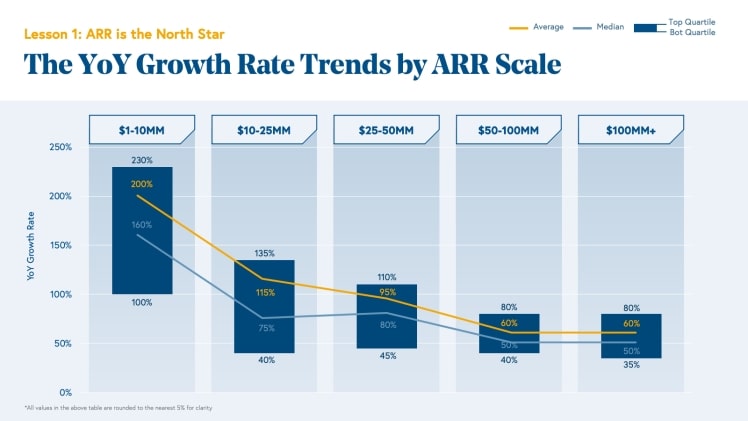In the tech world, it seems like every day atozmp3 brings news of yet another company raising millions or even billions of dollars in funding. But one trend that has been particularly prevalent in recent years is the rise of metric series investments. These are funding rounds that typically come after a company has already proven its value, but is looking to scale up its operations and expand its reach even further.
One of the most recent and high-profile examples of a metric series funding round was in the case of Plaid, a fintech startup that enables users to connect their bank accounts with other financial apps. In January 2021, Plaid announced that it had raised $425 million in a Series D round led by Altimeter Capital and Silver Lake, bringing its valuation to $13.4 billion. This came after Plaid had already raised more than $300 million in earlier funding rounds.
But Plaid is far from the only toonily company to benefit from the metric series trend. In fact, there have been a number of startups that have raised $1 billion or more in such rounds. These include companies like Stripe, DoorDash, and Instacart, all of which have become household names in recent years thanks to their rapid growth and widespread adoption.
So what is driving this trend, and what does it mean for the tech industry as a whole? Here are some key insights into the rise of metric series funding rounds.
Proving Value Before Scaling Up
One of the defining features of metric series funding rounds is that they typically come after a company has already masstamilanfree established a solid track record of success. This might mean that the company has been operating for several years, has achieved strong revenue growth, or has already raised significant amounts of funding in earlier rounds.
In the case of Plaid, for example, the company had already been in operation for several years and had established partnerships with a number of major financial institutions. This demonstrated that the company had a solid product-market fit, and that there was significant demand for its services.
By waiting to raise funds until after a company has already established its value, metric series investors can minimize their risk and increase their potential for returns. This is because they are investing in companies that have already proven their worth, rather than simply speculating on the potential success of an untested idea or concept.
A Shift Towards Private Investment
Another factor that has masstamilan contributed to the rise of metric series funding rounds is a broader shift towards private investment in the tech industry. In recent years, there has been a growing trend of companies staying private for longer, with many choosing to delay their initial public offerings (IPOs) until they have achieved significant scale.
This has created a situation where many of the most promising and innovative companies are not available for public investment, at least not until much later in their growth trajectories. As a result, private investors have stepped in to fill this gap, providing the funding necessary to fuel continued growth and expansion.
In some cases, this has even led to the creation of so-called “unicorns”, or companies that are valued at $1 billion or more. These unicorns are often seen as attractive investment opportunities for private investors, who are looking to capitalize on the potential for significant returns.
A Desire for Continued Growth
Of course, one of the main drivers of justprintcard metric series funding rounds is simply the desire for continued growth and expansion. Once a company has proven its value and established a strong foundation, the next logical step is often to scale up operations and increase its market share.
This might involve expanding into new markets or geographies, developing new products or services, or simply ramping up existing operations to meet growing demand.

